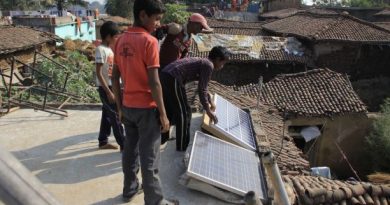The Wasted Opportunity in waste could be ending soon. Here’s why

With urbanization taking root faster in India, generating Municipal Solid Waste(MSW) is one area where India is already beginning to struggle when it comes to managing waste. From overflowing landfills in Delhi, to Landfills that spontaneously ignite in Mumbai, and burning lakes in Bengaluru, practically each of the country’s mega cities have a serious waste problem.
In rural areas too, Biogas plants and the like, while more prevalent, have not quite been the runaway success they were hoped to be. For 2015, the last year for which figures seem to be available, Biogas equivalent to 6.6 crore LPG cylinders was produced, equivalent to about 5% of LPG consumption. Besides that, these plants also generate a slurry waste, which is a very effective substitute to fertilizer. So one can certainly hope that a more concerted effort in this case can be made more easily.
Back in Urban India, waste to energy plants have been tried out, but due to a number of reasons, they haven’t really made an impact yet. And this, from an industry that could potentially generate 1100 MW of power, by processing over 150,000 tonnes of ‘smart’ waste that is generated every day. And willy nilly, this is one feedstock whose supply is only going to increase. In fact, the United Nations estimates predict a 250% increase in India’s per capita MSW generation over the next 25 years. Add to that the greater push and awareness to manage pollution, including that from improper disposal of waste like burning etc, and you have the tide finally turning for the waste to energy industry.
So what has the government done about the challenge?
Quite a bit, as it turns out, but it remains to be seen if that will be enough.
Most importantly, the government has finally made waste handling and processing a policy priority, thanks to the Swachh Bharat Mission.
Policy clarity for domestic and international waste to energy firms, in the form of cost of power generated from these plants has finally been provided, with the Central Electricity Regulatory Commission (CERC) recommending a price of Rs 7.90 per unit of power from these plants, as compared to the range of RS 2.50 to Rs 3 for other sources currently.
Three government ministries are trying hard to get their act together, as the outcomes will affect them all. The Ministry of Urban Development, the MNRE, and Ministry of Power have all shown a greater willingness to coordinate better to ensure activity picks up in this critical domain.
So is there reason to hope for a turnaround soon? We will stick our necks out on this one, and say yes. Discussions with firms in the business indicates strong interest, especially in guaranteed return schemes, besides they have even quoted the drastic improvement in waste segregation and processing in cities as far apart as Indore, Hyderabad and now Delhi, to indicate a change in mindset.
Finally, with land always at a premium, and landfills fast filling up or being eyed for other uses, waste processing for energy is no longer an option, its effective implementation may decide the livability of our cities.
![]()




